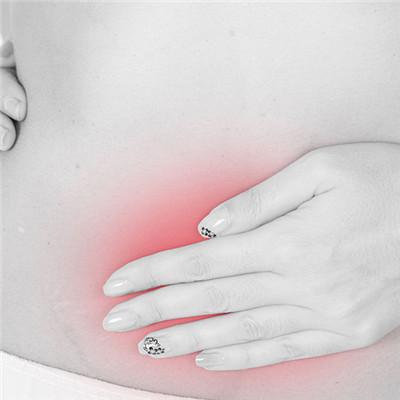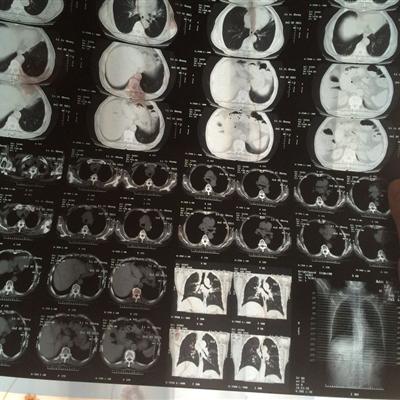Symptoms of uterine atony
summary
Some pregnant mothers may encounter the phenomenon of uterine atony in the process of production, but they do not know why this situation occurs, so it leads to several kinds of children who will take caesarean section to ensure the safety of the child and the mother, so why does the maternal appear the phenomenon of uterine atony in the end! We also need special ideas for uterine atony. I may be due to, the baby's fetal position is not right, leading to cephalopelvic disproportion, which can not cause reflex uterine contraction, leading to uterine inertia. So the symptom of uterine contractile fatigue is how, come to understand now.
Symptoms of uterine atony
Clinically, obstructive dystocia is caused by abnormal birth canal or fetal factors, which increases the resistance of the fetus through the birth canal and leads to secondary abnormal productivity. The contractile force is weak, the intermittent time is long and the duration is short. When the contractile force is the strongest, the uterine wall is depressed; Long labor process, poor rest, mental and physical fatigue, dehydration and acidosis. The intrauterine pressure was less than 4kPa.
Hypotonic uterine atony (coordinated uterine atony) is characterized by normal rhythm, symmetry and polarity of uterine contraction, but weak contractility, low intrauterine pressure (< 2.0kpa), short duration, long and irregular intermission, and uterine contraction < 2 times / 10min. When the uterine contraction reaches the climax, the uterine body does not bulge and harden, and the muscle wall at the bottom of the uterus can still be depressed by pressing the finger, and the labor process can be prolonged or stagnated.
Hypertonic uterine atony (uncoordinated uterine atony): elderly primipara. * the pregnant woman was conscious of abdominal pain, refusal, irritability, dehydration, electrolyte disturbance, intestinal flatulence and urinary retention. Fetal placental circulation disorder, fetal distress may occur. Performance: uterine contraction polarity inversion, uterine contraction is not from the two sides of the uterine horn, its exciting point from one or more of the uterus, rhythm is not coordinated. When the uterine contraction is not strong at the bottom of the uterus, it is strong at the middle or lower segment. In the intermission period, the uterine wall can not be completely relaxed, which shows that the uterine contraction is not coordinated. This kind of uterine contraction can not make the uterine orifice expand, and can not make the fetal presentation decline, which is invalid uterine contraction.
matters needing attention
Through the understanding of the above clinical symptoms of uterine atony in pregnant women, it will help doctors to better judge any unexpected situation in the process of delivery, so that the maternal and infant can safely out of the operating room.














